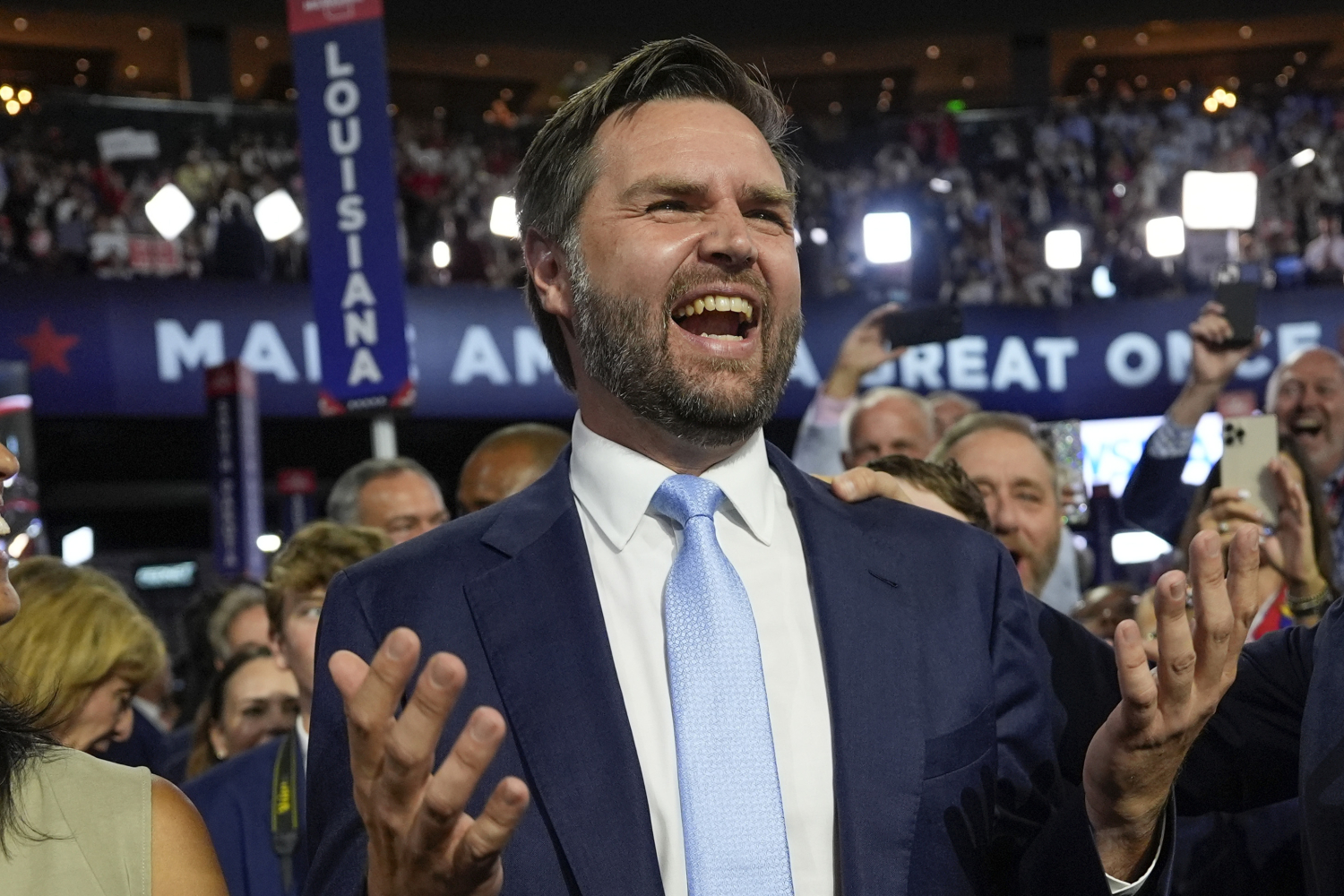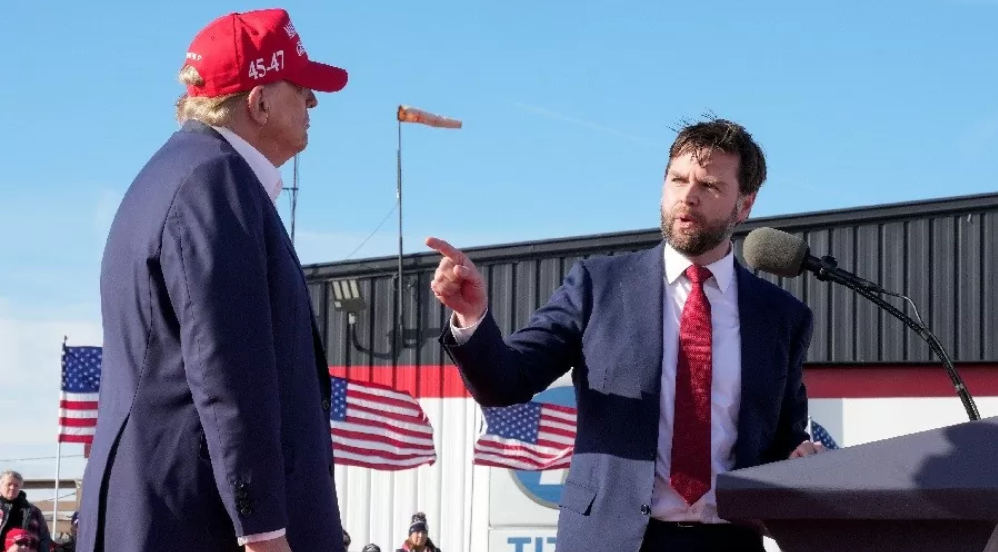In a recent appearance at a firefighters’ union event in Boston, Republican Vice Presidential nominee JD Vance faced a harsh reality check as boos erupted from the audience the moment he took the stage. This incident starkly contrasts with the warm reception received by Democratic Vice Presidential nominee Tim Walz just a day earlier, who garnered a standing ovation from the same crowd. The juxtaposition of these two events highlights the growing discontent among working-class voters towards the Republican Party, particularly in light of recent policy decisions.

As Vance attempted to address the audience, he was met with immediate hostility. His opening remarks, which included a half-hearted joke about taking his shirt off, fell flat, and the audience’s response made it clear that they were not receptive to his message. “It sounds like we got some fans and some haters,” Vance remarked, trying to play off the boos, but the lack of support was palpable. The contrast was stark; while Vance struggled to connect, Walz had energized the crowd with a passionate speech about the importance of unions and workers’ rights.
Tim Walz’s address to the firefighters was not only well-received but also underscored the Democratic Party’s commitment to working-class issues. He emphasized that actions speak louder than words, reminding the audience of the detrimental policies enacted during Donald Trump’s presidency, which included blocking overtime benefits and opposing minimum wage increases. Walz’s candid acknowledgment of these facts resonated with the audience, many of whom are directly affected by such policies.
Vance’s appearance was part of a broader strategy by Trump to bolster his campaign by aligning with labor groups. However, the backlash he faced suggests that this strategy may not be as effective as intended. The International Association of Firefighters, representing nearly 350,000 firefighters and emergency workers, has historically endorsed Democratic candidates, and the current sentiment within the union appears to lean towards the Democrats once again.
During his speech, Vance attempted to align himself with the working class, stating that he and Trump are “the most pro-worker Republican ticket in history.” Yet, given the audience’s reaction, it seems that many firefighters and union members are unconvinced. Vance’s rhetoric came off as disingenuous, especially in light of leaked clips where he expressed support for Trump’s controversial Project 2025 plan, which aims to reshape government institutions in favor of loyalty over competence.
The Project 2025 plan has raised alarms among many observers, as it advocates for firing civil servants and replacing them with loyalists. Vance’s endorsement of such a plan reflects a broader trend within the Republican Party to prioritize allegiance to Trump over the needs of the American people, particularly the working class. This approach not only threatens the integrity of public institutions but also undermines the very foundation of democracy.

As Vance stumbled through his speech, it became increasingly clear that he was out of touch with the audience he was trying to reach. His attempts to draw parallels between his vision and the needs of working-class Americans fell flat, and the boos only intensified. The firefighters’ union, which has not yet endorsed a candidate for the upcoming election, appears to be leaning towards the Democrats, especially after witnessing the stark contrast between Vance and Walz.
The implications of this event extend beyond just Vance’s immediate embarrassment. It signals a potential shift in voter sentiment, particularly among union members and working-class individuals who feel neglected by the Republican Party. As the political landscape evolves, the Democrats are seizing the opportunity to position themselves as champions of the middle class, while the Republicans struggle to maintain their traditional support base.
In conclusion, JD Vance’s disastrous appearance at the firefighters’ union event serves as a microcosm of the broader challenges facing the Republican Party as it heads into the 2024 election. The boos that erupted during his speech are not just a reflection of his failure to connect with the audience; they symbolize a growing disillusionment with a party that appears increasingly disconnected from the concerns of working-class Americans. As the election approaches, both parties must navigate these complex dynamics, and it remains to be seen whether Vance and his allies can turn the tide or if the Democrats will continue to capitalize on these missteps.




